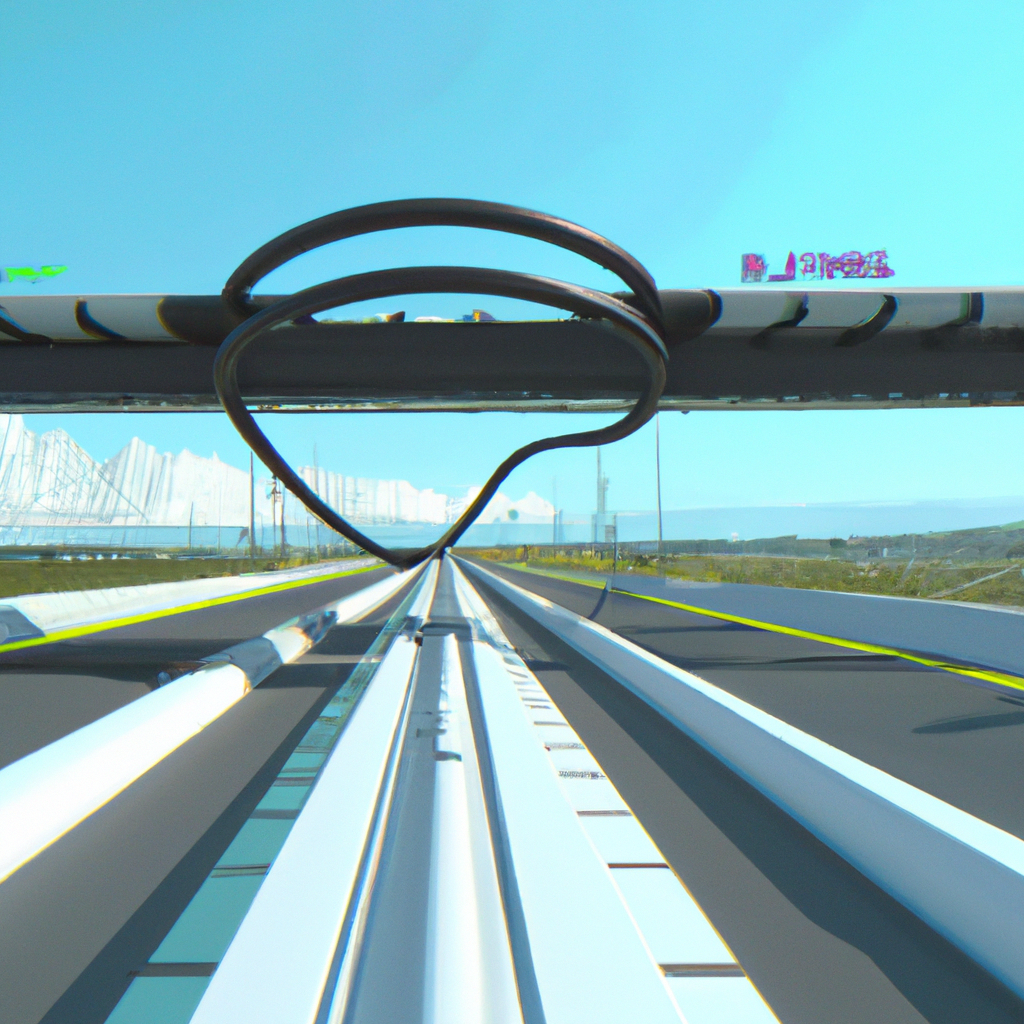Hyperloop: The Future of High-Speed Travel
In 2013, Elon Musk proposed a revolutionary transportation technology that would allow people to travel at high speeds between cities in a matter of minutes. This technology is called Hyperloop, and it has become a hot topic in the transportation industry. In this article, we will explore the science behind Hyperloop and how it works.
What is Hyperloop?
Hyperloop is a futuristic transportation system that involves transporting passengers and cargo through a vacuum tube at high speeds. The idea was first proposed by Elon Musk, the CEO of SpaceX and Tesla, in a white paper in 2013. The goal of Hyperloop is to provide a faster, more efficient, and sustainable mode of transportation that can compete with air travel.
How does Hyperloop work?
Hyperloop uses a combination of vacuum tubes, magnetic levitation, and passenger capsules to transport people and cargo at high speeds. Here’s how it works:
1. Vacuum Tubes
The first component of Hyperloop is the vacuum tube. The tube is made of steel and is designed to be airtight. The air is removed from the tube to create a vacuum, which reduces air resistance and allows the passenger capsules to move at high speeds with minimal energy consumption.
2. Magnetic Levitation
The second component of Hyperloop is magnetic levitation. The passenger capsules are equipped with powerful magnets that levitate the capsules above the track. This eliminates the need for wheels and reduces friction, allowing the capsules to travel at high speeds.
3. Passenger Capsules
The third component of Hyperloop is the passenger capsules. These capsules are designed to carry passengers and cargo through the vacuum tube. The capsules are made of lightweight materials, such as carbon fiber, to reduce weight and increase speed. The capsules are also equipped with air compressors to maintain the air pressure inside the capsule.
4. Propulsion System
The fourth component of Hyperloop is the propulsion system. The capsules are propelled through the vacuum tube using linear induction motors. These motors generate electromagnetic fields that push and pull the capsules, propelling them forward.
Benefits of Hyperloop
Hyperloop has several benefits over traditional modes of transportation, such as airplanes and trains. Here are some of the benefits of Hyperloop:
1. Speed
Hyperloop is designed to travel at speeds of up to 760 mph, which is faster than airplanes and trains. This means that people can travel between cities in a matter of minutes, rather than hours.
2. Efficiency
Hyperloop is more efficient than airplanes and trains because it uses less energy. The vacuum tube reduces air resistance, and the magnetic levitation reduces friction, which means that the capsules can travel at high speeds with minimal energy consumption.
3. Sustainability
Hyperloop is a more sustainable mode of transportation because it produces less greenhouse gas emissions than airplanes and trains. The reduced energy consumption also means that it uses less fossil fuels, making it a greener alternative to traditional modes of transportation.
Conclusion
Hyperloop is a revolutionary transportation technology that has the potential to change the way people travel between cities. It uses a combination of vacuum tubes, magnetic levitation, and passenger capsules to transport people and cargo at high speeds. Hyperloop has several benefits over traditional modes of transportation, including speed, efficiency, and sustainability. While there are still challenges that need to be overcome before Hyperloop can become a reality, it is an exciting glimpse into the future of transportation.







